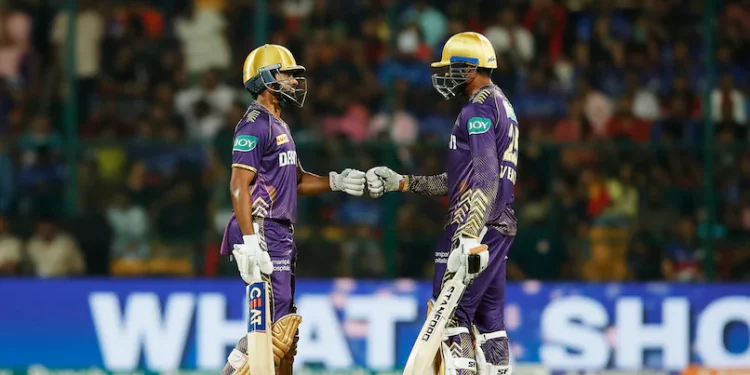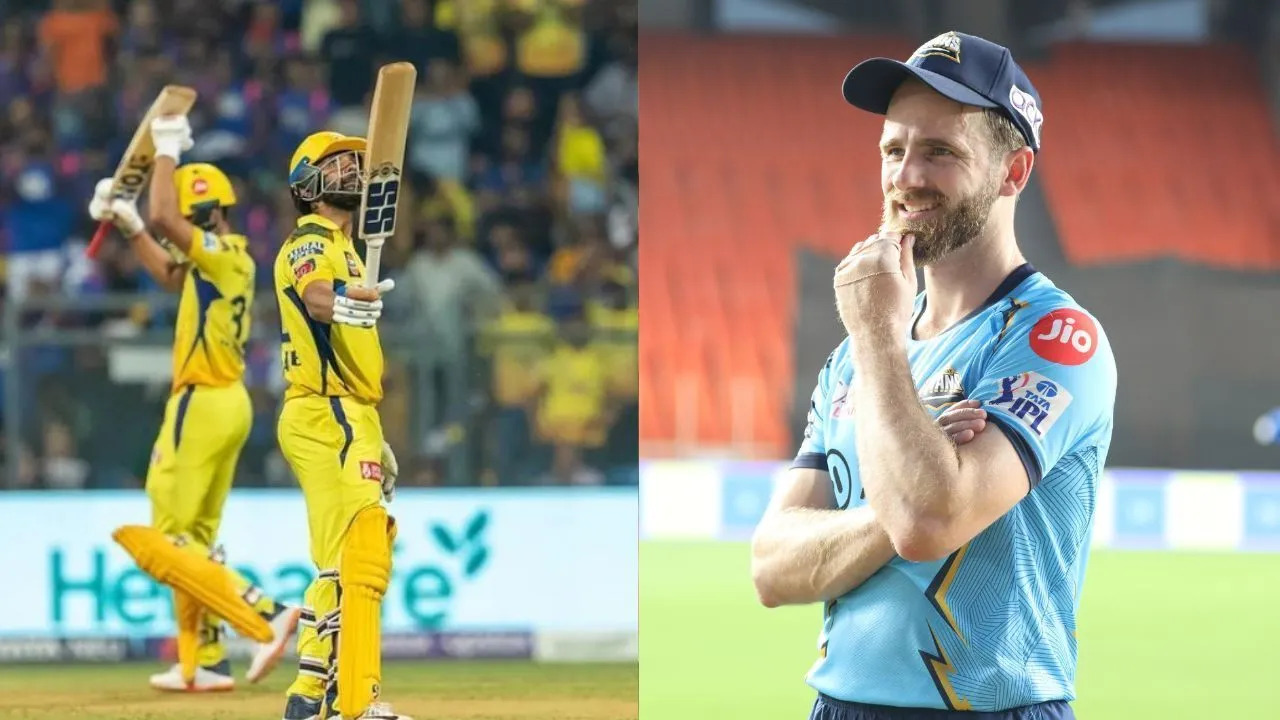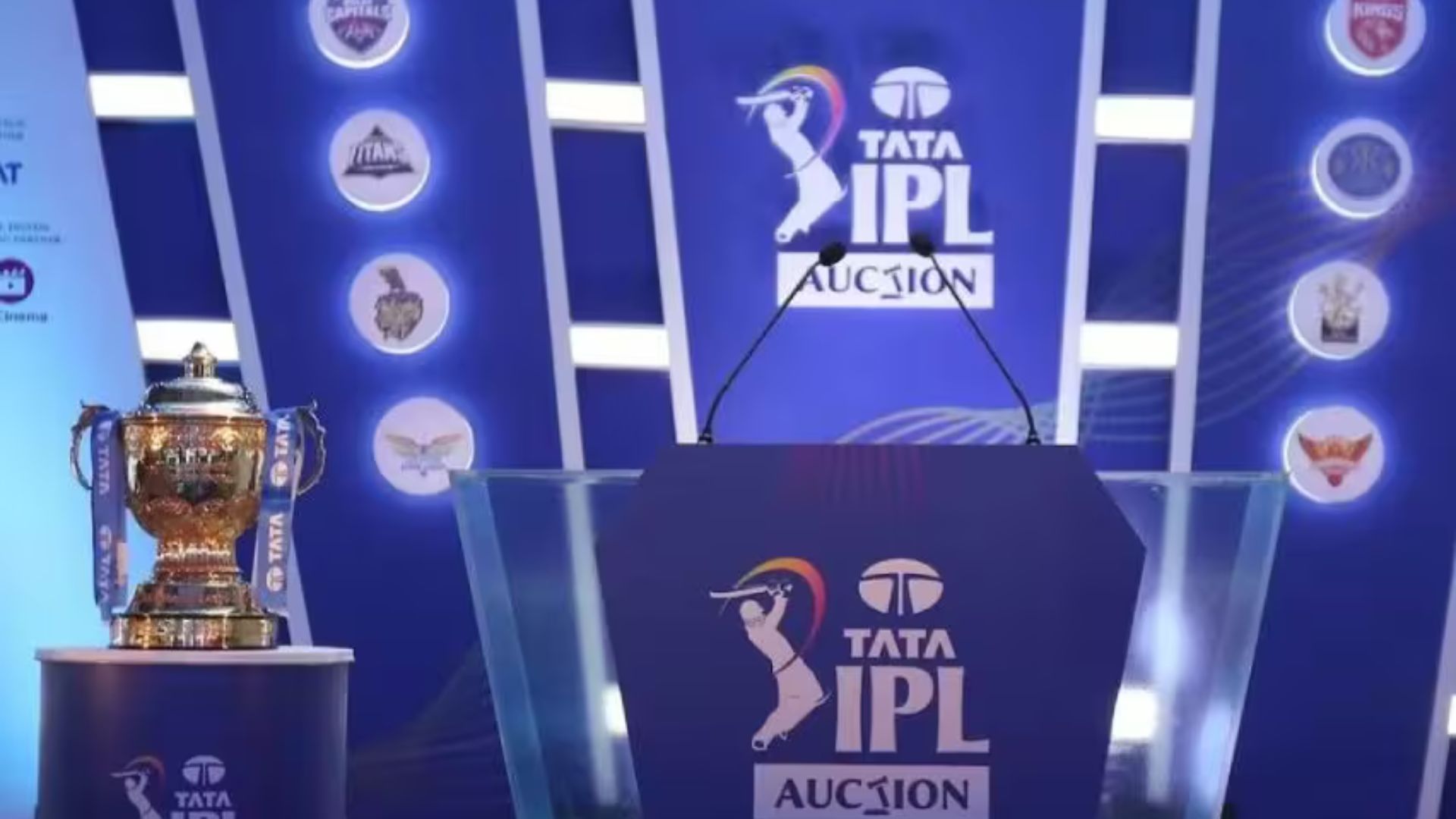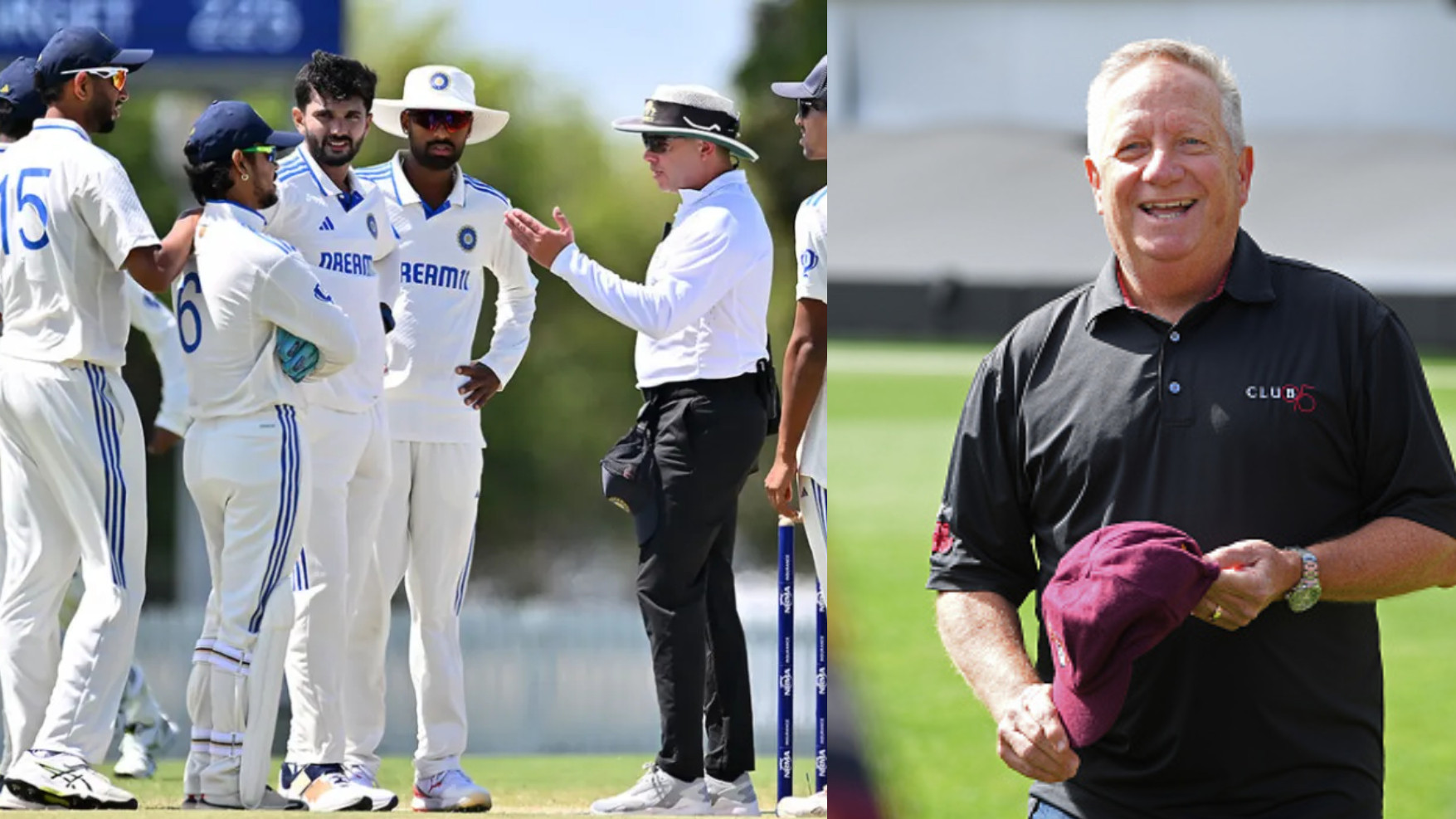Gautam Gambhir walked out into the Chinnaswamy Stadium playing field and began to cheer passionately thirty-two minutes into the KKR chase of 182. This dramatic entry at the strategic time-out didn’t warrant too much notice because Virat Kohli, who was at that point occupied a separate area of the pitch, wasn’t in Gambhir’s neighbourhood. When Sunil Narine and Phil Salt, the opening duo who had amassed 85 runs in the PowerPlay, joined KKR’s coach in applauding, it seemed as though all of the stadium’s air had been sucked out.
After Kohli carried his bat through the first innings on a challenging, two-paced pitch, KKR’s openers reduced almost the same amount of runs from the goal in 38 balls of thrilling striking. With some RCB irresponsibility and the arrival of dew, KKR quickly eliminated what should have been a competitive score of 182. Beyond the two points they scored or the run of home team wins in the IPL 2024 they broke, though, the evening gave KKR some optimism that their most pressing problem of the past might have an old standby.
The events of Friday, March 29, bore striking similarities to the events that took place at this very location on May 7, 2017, when Narine caused RCB to surrender 105 runs through PowerPlay mayhem. Narine discovered his passion seven years ago while playing T20 opener for the Melbourne Renegades in the Indian Premier League. He returned to same role with devastating results, creating an odd but menacing combo with Chris Lynn. Together, the duo opened 25 games and amassed 707 partnership runs over two seasons at a remarkable run-rate of 10.60.
However, KKR experienced the evolutionary upheaval just like every other side. After Lynn was released, they started bowling Narine short and fast, which affected his batting output and caused him to go back down the order.
Over the past four seasons, he has only opened the innings seven times. Newly developed abilities While they averaged 50.80 for their stands, Shubman Gill and Venkatesh Iyer’s runs came at a more moderate pace of 7.95 to the over during KKR’s route to the IPL 2021 final. And after that year, Gill left, and the roulette went through various pauses.
The most telling statistic about KKR’s Power Play woes is that, over the past seven years, they have used 29 different opening combinations.
After just two games, the Salt-Narine combination has already amassed more partnership runs than 20 other pairings that started a KKR innings during this period.
One game does not suggest that KKR has found a solution or that Narine has found his batting touch again, especially in a venue like the Chinnaswamy and against one of the opposition’s ostensibly weaker attacks. For now, nevertheless, there is tactical value in carrying out the move. The KKR has achieved the closest resemblance to the two-prong dynamic of the Narine-Lynn combo with the Narine-Salt tandem.
When Faf du Plessis, on the receiving end of the night, repeated former SRH coach Tom Moody’s evaluation of bowling to the Narine-Lynn duo from 2017, it was the best wording available. “You really can’t go to spin with Narine around; you should use pace up front. For Salt and his style of play, that is also a really nice match-up. They were fantastic; in the first six overs, they really broke the game,” the captain of the RCB remarked.
It’s always a good idea to mix a spin hitter with a very good fast hitter in addition to the regular benefits of a left-right combination. By maximising their matchups, both can compensate for the partner’s shortcomings. In the IPL, Narine has a strike-rate of 193.78 when hitting spin. In contrast, Salt has a T20 strike rate of 157.89 when facing fast bowlers. While this may not be as high as Lynn’s 172.67 scoring rate during the amazing 2017–18 phase, Salt is the only opener with 4000 runs in the T20 league to score at a rate more than 150.
ALSO READ-IPL 2024: Before KKR’s match versus RCB, Shreyas Iyer forgets the team that will play
While Narine sacrifices some volume in favour of speed, he is the opener who offers the potential for both speed and amount of runs. Together, they make for an excellent combination that also extends KKR’s batting reach to the extent that the brains trust can exert some degree of influence over the entry positions of important players such as Andre Russell lower down the order.
It’s amusing how these things work out. It wasn’t even Salt’s fault that he was here, and his consecutive T20I hundreds for England against the West Indies hadn’t brought him a single bid in the previous year’s auction. Jason Roy’s decision to withdraw from the competition created a second window of opportunity. Similar to how Narine, who didn’t open with Roy the previous year, would not have had another opportunity to open with Salt now that Shreyas Iyer has confirmed that discussions on sending the West Indian to begin the chase in Bengaluru had taken place.
However, after Narine gave him a touch on the shoulder, there was no turning back—other than to cope with the incoming barrage of high-pitched deliveries that followed du Plessis’ rejection of all available spin alternatives. Narine’s only task during the PowerPlay was to clear the in-field, which he accomplished with ease and regularity as he amassed a 47 off 22 balls, his first IPL fifty-odd in five years. In contrast, Salt finished their 32 minutes of combined batting with a 20-ball 30-run after reaching a half-century in the opening over.
But after the last two years, when a victory is rubber-stamped in the batting powerplay, there will surely be cause for optimism and hope. Of course, one swallow does not make a summer, and tougher testing await KKR’s newest opening partnership.









 Win Projections to be updated soon
Win Projections to be updated soon














